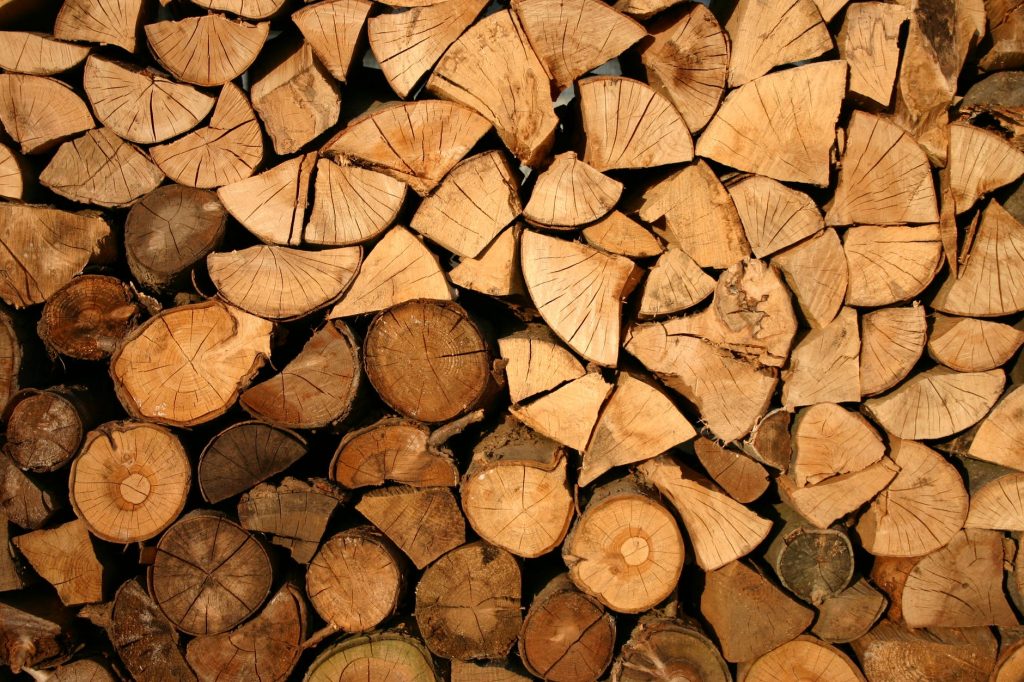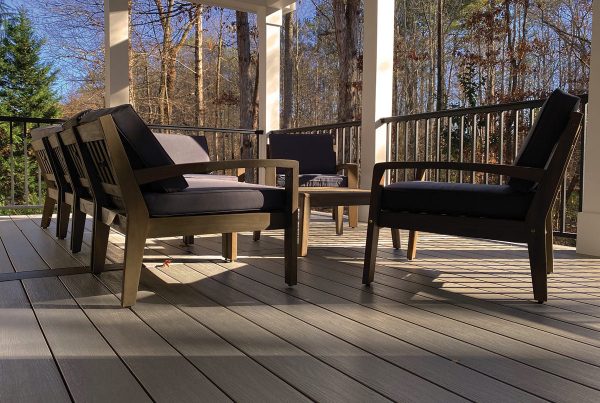Why do lumber prices fluctuate? Sherwood Lumber experts have done an analysis of Lumber Numbers and lumber price analysis that will give you the real perspective of the market as it currently is. As a lumber customer or retailer, it is only normal that you want to get the best lumber at the cheapest of prices. However, your wishes may not come true because there are a number of factors that will lead to the fluctuation of these prices. Some of which are completely natural and others influenced by human causes. Discussed below are some of the major factors that could be the source of your loss or profit.
1. Weather
This is tied to seasons. During the wet season, it becomes really difficult for loggers to transport logs from the forests to their sawmills. As a result of these transport setbacks prices tend to hike in the spring as loggers rush to stock their warehouses in readiness for the wet season. Unprecedented for weather like hurricanes and droughts have devastating impacts on forests and lumber in general. It is important to plan yourself accordingly in case there is extreme weather in your region.
2. A decline in home building
Why do lumber prices fluctuate? With a shift in housing demand, the demand for lumber has also declined. The increase in lumber prices has also discouraged home builders from building too many homes and risk failing to get prospective customers for their buildings. Reduced home buildings have contributed to the complex issue of “Why do lumber prices fluctuate?”
3. Wildfires
Wildfires have an extremely long term effect on lumber and forest resources. Millions of acres are destroyed in wildfires. This becomes almost impossible to replenish the forest resources lost in the fires. Lumber becomes hard to procure and harvest leading to high price volatility which can span for a couple of years.
4. Trade disputes
There has been a trade dispute between the USA and Canada which has lasted for some time. This tariff has allowed lumber producers in the USA to hike their prices. With Canada being a major exporter of lumber to the United States such tariffs are affecting lumber prices. Both countries have however not been able to negotiate a new contract. These kinds of tariffs have added thousands of dollars to the cost of constructing a typical home. This cost is eventually passed on to the final consumer.
5. High demand versus tight supply
People are moving to wooden structures ranging from homes to simple furniture preferring that it be made out of wood. With the tight supply being caused by wildfires, wood beetles, etc. countries like China and Britain are importing lumber in huge amounts. The resulting outcome from this is increased costs of production, labor, containers, and transportation.
You may have been asking yourself ‘why do lumber prices fluctuate?’ well this is no longer anything to worry about not understanding. As a lumber retailer/customer this article will enable you to understand how it is that lumber prices are sometimes high and other times low. It is important that you keep an eye out on the news for the latest information about lumber prices and economic trade in the country.











